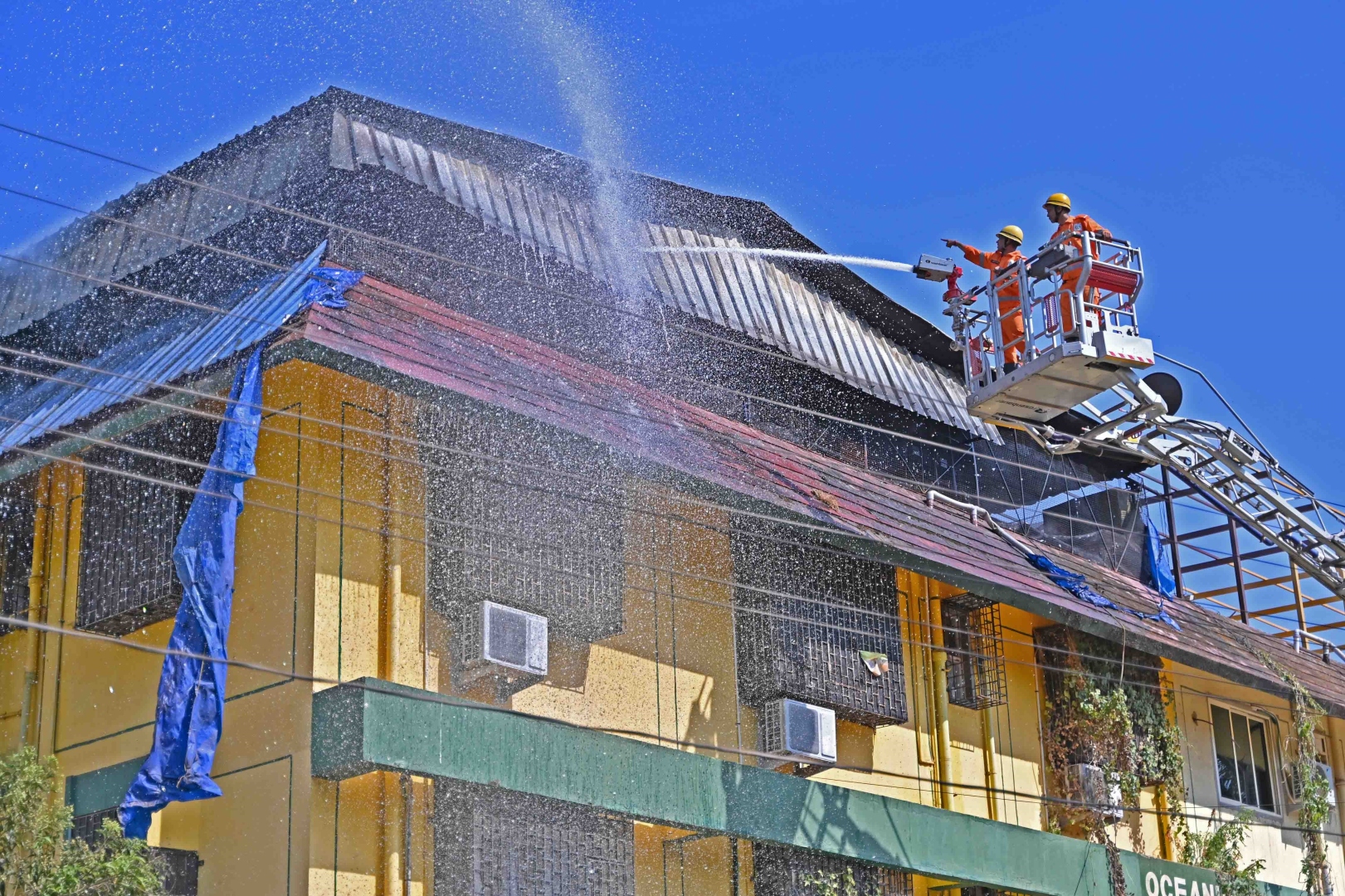
PANAJI
When any disaster strikes, like in the recent case of the stampede at the Devi Lairai jatra in Shirgao which left six dead and dozens of others injured, the focus of everyone turns to the first responders — usually the personnel from the geographically closest fire station and the ambulance services either attached to the nearest health centre or the State-wide EMRI '108' service.
According to Nitin Raikar, who heads Goa's Fire and Emergency Services, 'community volunteers' from among the local community, where any incident happens, are the ones who reach the site immediately and provide assistance and care at the scene of an emergency or disaster.
"They are the 'first responders'. We have about 800 odd such individuals or 'volunteers' across the State. They have been trained to give basic medical care and also simultaneously stabilise the situation and bring some order at the site of the disaster," Raikar said.
This intervention from these trained volunteers is meant to fill the gap between the time the incident occurs and the moment a more organised force arrives — a formal force from the nearest fire station and the medical emergency team drawn from the local health centre, community centre and other government health facilities.
Community volunteers play a vital role
Last year in May, about 400 additional pairs of hands were trained to become 'community volunteers', raising the State's total strength to 800-plus who have the skills and training to manage any emergency anywhere in the State.
These civilian volunteers, both from the North and South districts, were given intensive training and have also been issued certificates, IDs, and disaster management kits.
"We have such people in all the talukas. They have all been trained, issued certificates and IDs. They have also been geo-tagged. As and when any disaster or emergency happens, we alert them for immediate ground zero operations depending on where the disaster/emergency has happened," Raikar informed.
They are trained in disaster preparedness — flood, earthquake, landslides, cyclone, tsunami and even chemical and nuclear emergencies. The training also involved basic search & rescue techniques, community-based first aid response, CPR, controlling bleeding, basic fire safety, lifting and moving patients, rope rescue techniques, and improvised techniques.
Role of Fire dept
Raikar's Fire and Emergency Services department is the nodal department for the SDMA and the first formal response agency to reach the site of any emergency, although much of the later action, including the logistics, finances, and coordination with other departments, is managed from a dedicated cell in each of the two district collectorates.
Raikar said it has always been the case that teams from the closest fire stations reach the spot first. Goa, he said, is geographically mapped into three zones — North (Panaji), Central (Ponda), and South (Margao). Each of these zones has multiple fire stations which cater to their respective jurisdictions.
"Sometimes when a big incident occurs, the fire officer in charge sends out an SOS to other fire stations to send in reinforcements and join the efforts to tackle the disaster," he said, adding that a constant stock is taken, and it is ensured that the fire stations in each of these zones have adequate stock of equipment for evacuation of people, clearing debris, and even remote sensing equipment.